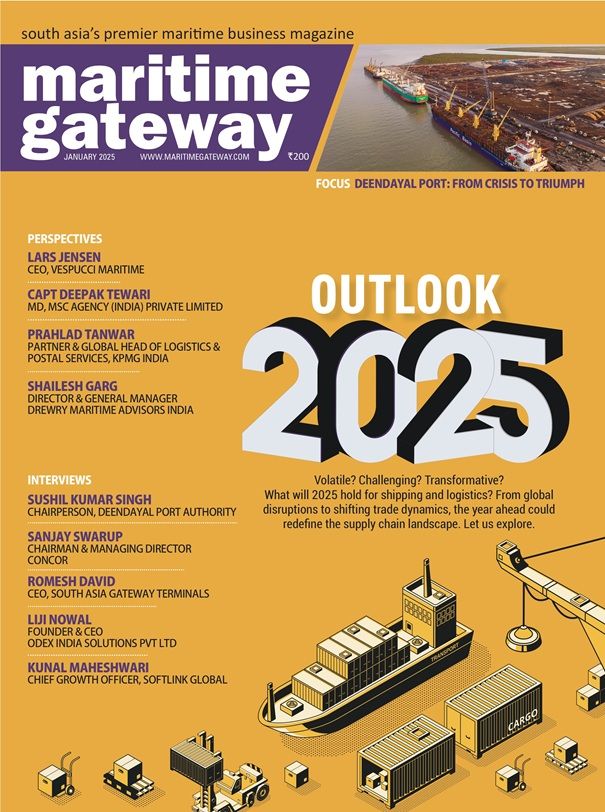“Feedering has become increasingly competitive in the last decade with more new entrants and main lines encroaching on traditional feeder markets with their end-to-end / Inter Asia services or indeed dabbling with their own feeder activities,” reveals Bill Smart, CEO, Bengal Tiger Lines
- As the Chief Executive of Bengal Tiger Lines, what is the agenda before you?
After the Schoeller Group’s Euro800m impairment last year BTL (and other subsidiaries) were sold. Accordingly CMIA Venture Capital took over BTL. Under such Ownership the objectives remain to grow the business whilst retaining BTL’s renowned branding.
- How has been the feeder market in the past five years? What are your expectations for the year 2020?
Feedering has become increasingly competitive in the last decade with more new entrants and Main Lines encroaching on traditional feeder markets with their end to end / Inter Asia services or indeed dabbling with their own Feeder activities. This said the introduction of the mega container vessels creates more feeder requirements and new Indian port development has opened new feeder opportunities – a rapidly changing market place which requires a flexible approach.
- What has been the impact of Cabotage relaxation in India on the feeder business?
Direct coastal and combined international & coastal services have further emerged as a result but realistically many operators have come and gone so the coastal sector is certainly not an easy sustainable model – further complicated by ports’ increasing desires to handle transship volumes as well as EXIM movements. We continue to study possibilities and have such on our 2020 agenda.
- What is Bengal Tiger Line’s focus in South Asia?
BTL’s core markets remain to/from India with 250,000 teus being shipped collectively through the SEA hubs of Singapore & Port Kelang and similarly another 250,000 teus over Colombo. Accordingly our focus remains on providing reliable and efficient ISC connectivity.
- Apart from the traditional Bay of Bengal/South India markets, what are the new business opportunities you are exploring?
BTL continues to have Hub activities in the Gulf where we are looking at Khalifa and Salalah synergies and in the East use Taiwan’s KSG as a transshipment point for our Philippines business.
- Transhipment has been growing at the Indian ports on the east and west coast. What opportunities do you see here?
Coastal transshipment to EXIM markets will continue to expand and even some international t/s over Indian ports may arise – both on the East (Bangladesh or Myanmar) as well as possibly the South West coasts (via Salalah) but the bulk of container movements will take the faster transit and more frequent connectivity via the major Hubs of Singapore, Port Kelang & Colombo.
- On which of the trade lanes do you see business growing?
ISC growth will be spread per the above and BTL is well placed to cater for such demands having a flexible charter philosophy and partnership approach to ensure suitable service standards at the right cost. In short, after a few stagnant years protecting P&L, BTL has a new lease of life via an active investor who will will propel the company to new heights.







